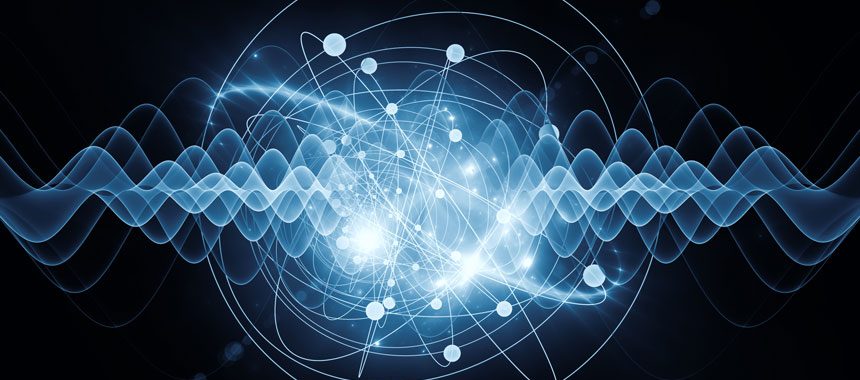Quick Definition
Collapsing the wave function is a term that scientists use to describe the phenomena where waves of energy collapse to form a particle when they are observed or measured in an experiment. “Collapse” is the word that science uses to explain this theory, but another way to describe it would be to say that waves of energy “appear” as a particle when they are observed or measured.
Personal Elaboration
Essentially science tells us that all of reality starts out as a wave of energy and that wave, no matter what it is in our current reality, is all possibilities of that wave until it is observed. Sounds kind of familiar, right? Basically all of existence, every multiple universe, is true and present until we settle on the one we are in by, well, observing it. Schrodinger's cat is the most famous thought experiment of this concept.
This is the radio analogy that we use throughout this site: Infinite "stations" are present but we aren't sure what is playing until we tune into one, we just happen to only be aware of our current station.
Wave function collapse
In quantum mechanics, wave function collapse occurs when a wave function-initially in a superposition of several eigenstates-reduces to a single eigenstate due to interaction with the external world. This interaction is called an "observation". It is the essence of a measurement in quantum mechanics which connects the wave function with classical observables like position and momentum.
Schrödinger's cat
Schrödinger's cat is a thought experiment, sometimes described as a paradox, devised by Austrian physicist Erwin Schrödinger in 1935, though the idea originated from Albert Einstein. It illustrates what he saw as the problem of the Copenhagen interpretation of quantum mechanics applied to everyday objects.
